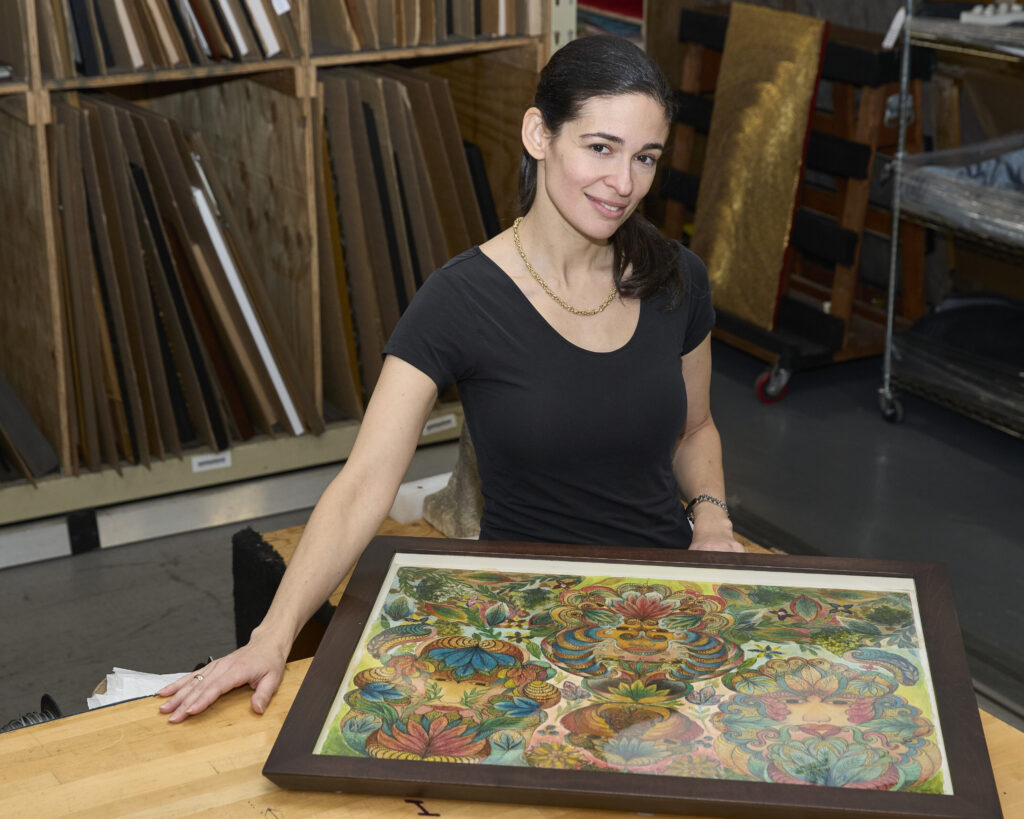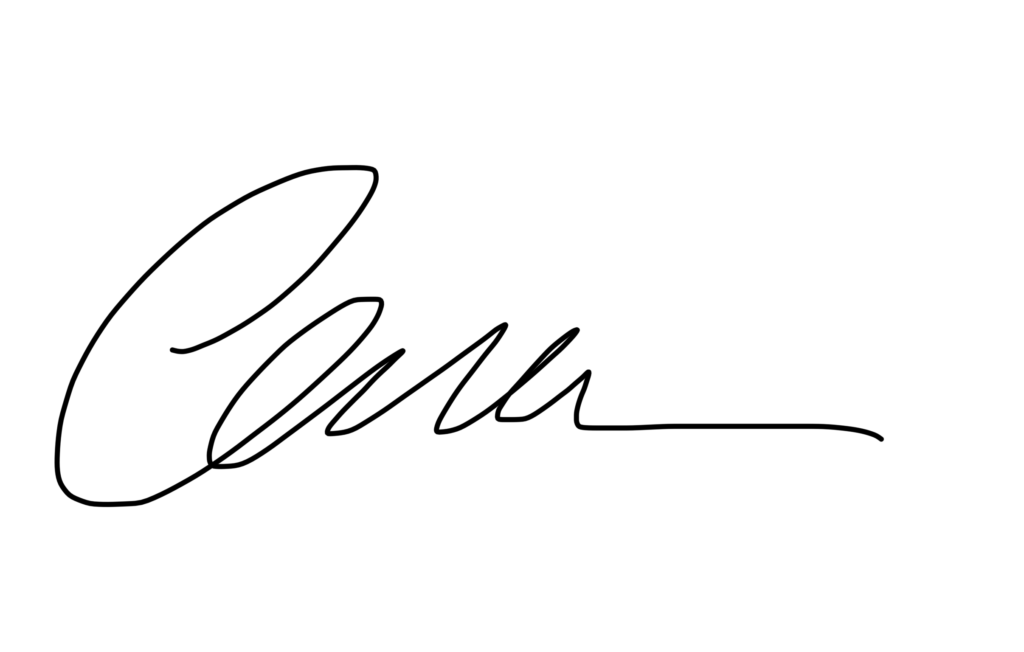
I’ve spent the past two decades professionally immersed in folk and outsider art. My love for the material began long before. My mom collects carousel animals, and the colorful beasts encircled rooms in my childhood home, spurring fantastical narratives in my young mind. In middle school, a friend’s older brother lent us an album by the musician and artist Wesley Willis that I found intriguing in a way I couldn’t articulate. In college, when studying fairy tales, I happened on works by Henry Darger that showed me the powerhouse potential of idiosyncratic artistic language. While I’ve been drawn to folk and outsider art all my life, I’ve never been wedded to the confines of expected display or engagement. My own collection is a mix of outsider, American, and street art, with decoys, English prints, and my kids’ drawings sprinkled in for good measure.
Ten years ago, I was hired by the bow-tied legends John Hays and Andrew Holter to establish an outsider art department for Christie’s. I help steward the house’s folk art and American offerings as well. My mantra after each sale is consistent: “Where to next?”
In the context of auction planning, this may seem formulaic: John Brewster Jr. performed well, so let’s include more of his works’ next sale. William Edmondson is a hot commodity, so how can we get a spectacular example? But there’s something more complicated in play. The question I try to answer isn’t which artists are popular, but rather, why. Perhaps the bold simplicity of a Brewster portrait appeals to a modern aesthetic? Maybe Edmondson’s powerful carvings fill gaps in contemporary artistic and historical narratives?
Posing strategic questions can send auctions in new directions, opening the door to artists, objects, and sale structures that drive evolution and excitement. Which leads us to this issue. The dynamic viewpoints of the featured authors and contributors refreshingly blur traditional art world boundaries, showing evolving ways to encounter “folk.”
Jerry Lauren and John Jerit have each amassed powerful collections of folk and outsider art. Lauren’s gemlike works are meticulously chosen and carefully displayed around his prewar Manhattan apartment; Jerit’s remarkable, continuously evolving collection tracks his development into a star collector and envelops his contemporary Memphis home. Their profiles reveal two approaches to combining works from different periods and genres.
Katie Wood Kirchhoff and Suzanne and Michael Payne (with Frank Tosto) each address the past to reframe the present. Kirchhoff shows how Edith Halpert and Electra Havemeyer Webb linked American folk and modern art. Using works from a distinguished private collection, the Paynes posit a new way of categorizing non-academic paintings of the Federal period.
Other articles consider works that don’t fully fit current artistic categories and instead exist on the “borderlands”—more on that word later—of the art world. Thomas Connors considers Aboriginal art by tracing John and Barbara Wilkerson’s evolution as collectors. Paula Deitz speaks to the Passamaquoddy basket weaving tradition through the contemporary baskets of Jeremy Frey. James Gardner has a delightful take on evocative envelopes mailed by artist Edward Gorey.
Five trailblazing curators—Kathleen Foster, Katherine Jentleson, Elizabeth Smith, Leslie Umberger, and Sylvia Yount—have shared ways their institutions will consider outsider and folk art in the coming years. Two subject-focused museums, New York’s American Folk Art Museum and Chicago’s Intuit Art Museum, are undergoing major renovations and have revealed details of these plans.
And for those “borderlands”: before his death in December, the inimitable Bernard L. Herman was completing a book called Troublesome Things about the boundaries of contemporary art. We are lucky to have an excerpt from his introduction here.
So, where to next? While we don’t have all the answers, I really do enjoy the questions.

Cara Zimmerman

